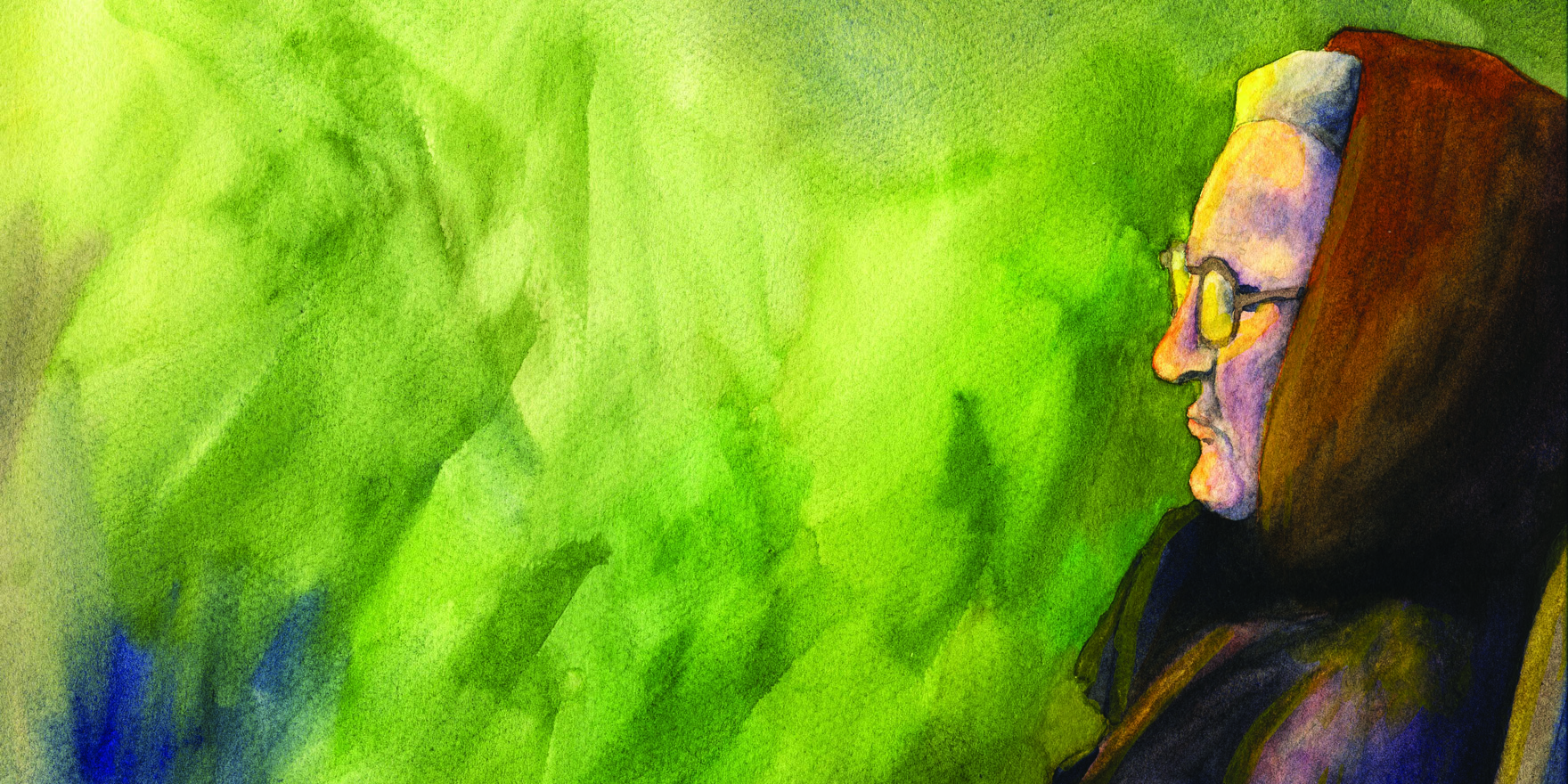Starting an older woman outside the usual timeframe for hormone therapy is not necessarily contraindicated
The International Menopause Society guidelines recommend that if menopausal hormone therapy (MHT) is prescribed, it be commenced before the age of 60, or within 10 years of menopause.1 In practice, the majority of women seeking treatment of menopausal symptoms fall into this group.
However, occasionally a woman older than 60, or more than 10 years since her final menstrual period, seeks treatment for menopausal symptoms. This may be because she has tolerated symptoms for a number of years, expecting that they will settle down after a few years. However, the average duration of vasomotor symptoms is eight years, and 20% of women will go on to experience vasomotor symptoms into their 60s and 70s.2
Another situation is when a woman has osteoporosis, and other medications are not available or not tolerated. Women who start having vasomotor symptoms several years after menopause should be assessed for other causes.
When these women present for a discussion about starting MHT, it can present a dilemma for the clinician. The rationale for recommending the therapy commence relatively close to the time of menopause is that in trials younger women obtained cardiovascular benefit from MHT whereas older women had an excess of cardiac events.3,4 This relates to the “window of opportunity” hypothesis, supported by animal studies in which animals fed an atherogenic diet had a reduction in atherosclerotic plaque when given oestrogen soon after ovariectomy, but did not if the institution of oestrogen was delayed.5
Recently it has been suggested that the maximum cardiac benefits are obtained for women who begin MHT soon after vasomotor symptoms start.4 There may be women who have used MHT in their 50s, and stopped it, but now wish to recommence it after a gap of up to five years. These women probably fall into the “window of opportunity” regarding cardiovascular risk.
When prescribing MHT for women with cardiovascular risks factors, one of which is increasing age, transdermal oestrogen may be safer than oral oestrogen. This is because of the prothrombotic effects of oral oestrogen, which are not seen with transdermal formulations.
For many women, their main concern about the therapy is the potential for an increased risk of breast cancer. Breast cancer incidence increases with age but there are no data suggesting that age of commencement of MHT affects breast cancer risk. The very small increase in risk seen with combined MHT is associated with duration of use, and possibly with the choice of progestogen. Risks may be lower with micronised progesterone or dydrogesterone.6,7
Another consideration is the risk of venous thromboembolism (VTE). VTE risk increases with age, and the prescription of MHT to an older woman necessitates a careful appraisal of her risks. Observational data suggest that transdermal oestrogen is associated with no increased risk of VTE.
When discussing the possibility of beginning MHT in a woman older than 60, or later than 10 years after the menopause, the following approach is suggested:
• Take a detailed medical history with attention to cardiovascular risks, cancer, VTE and osteoporosis
• Explore the impact of her symptoms, and her reasons for seeking MHT at this time
• Discuss the option of trialling non-hormonal treatments for vasomotor symptoms (e.g. SSRI/SNRIs, gabapentin)
• Discuss the risks and benefits of MHT in an individualised fashion
• Consider transdermal oestrogen, and if a progestogen is needed, consider micronised progesterone or dydrogesterone as first options
• It is never too late to start topical oestrogen for genitourinary symptoms
Although most women seeking MHT are within the recommended time, starting in an older woman is not necessarily contraindicated.
With attention to cardiovascular health, and risks factors for breast cancer and VTE, along with selection of appropriate agents, this treatment is an option for some women.
Dr Karen Magraith is a GP in private practice in Hobart and a board member of the Australasian Menopause Society
References:
1. Baber R, Panay N, Fenton A, and the IMS writing group. 2016 IMS Recommendations on women’s midlife health and menopause hormone therapy. Climacteric 2016; 19(2) 109-150.
2. Gartoulla P, Worsley R, Bell R, Davis S. Moderate to severe vasomotor and sexual symptoms remain problematic for women aged 50 to 65 years. Menopause 2015; 7:694-701.
3. Rossouw J, Anderson GL, Prentice RL, et al; Writing Group for the Women’s Health Initiative Investigators. Risks and benefits of estrogen plus progestin in healthy postmenopausal women: principal results from the Women’s Health Initiative randomized controlled trial. JAMA 2002; 288: 321-333.
4. Mikkola T, Savolainen-Peltonen H, Venetkoski M, Ylikorkala O. New evidence for cardiac benefit of postmenopausal hormone therapy. Climacteric 2017; 20(1) 5-10.
5. Mikkola T and Clarkson B. Estrogen replacement therapy, atherosclerosis, and vascular function. Cardiovascular Research, 53 (3):605–619, 2002.
6. Asi N, Mohammed K, Haydour Q, et al. Progesterone vs. synthetic progestins and the risk of breast cancer: a systematic review and meta- analysis. Syst Rev 2016; 5: 121.
7. Fournier A, Berrino F, Clavel-Chapelon F. Unequal risks for breast cancer associated with different hormone replacement therapies: results from the E3N cohort study. Breast Cancer Res Treat. 2008; 107: 103-11.


